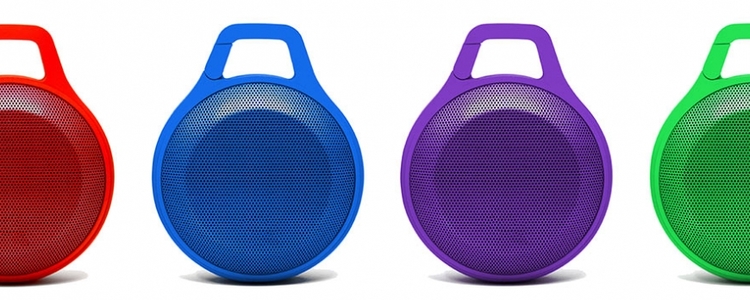TPE, TPV, TPU: Decoding the Thermoplastic Elastomer Alphabet Thermoplastic elastomers, or TPE, are a broad class of polymer that includes a multi-phase polymer system. With so many variations and corresponding differences in properties and cost, how do you know which is right for your application? Thermoplastic elastomers (TPE) are a class of polymers that behave like thermoset rubber, but can be processed like a thermoplastic. There are varying approaches to achieving this combination of properties, but each approach includes a multi-phase polymer system with a hard phase and a soft phase. Any material that fits that criteria is generally referred to as a thermoplastic elastomer or a TPE. There are five main categories of thermoplastic elastomers: Styrenic block copolymers; TPS, SBC, TPE-s or SBC Thermoplastic polyolefin elastomers; TPO, TPOE, TPE-o Thermoplastic Vulcanizates; TPV Thermoplastic polyurethanes; TPU or TPUE Thermoplastic copolyester; TPC, TPE-E, Co-PE Styrenic block copolymers (SBC) are a widely used material category based on a styrene rigid phase and butadiene or isoprene soft phase. These are blended with a rigid polymer such as polypropylene or with a softening agent to achieve the desired properties for the application. There are sub-categories based on whether the rubber phase has been hydrogenated. SBC based elastomers are generally considered to be the most flexible in terms of compounding with the lowest hardness possible of the TPE categories. Polyolefin elastomers are used by themselves or with a rigid olefin similar to the way SBC compounds are produced. This type of TPE is characterized by having a good range of hardness with a generally low cost but limited temperature resistance. Thermoplastic vulcanizates, or TPV, constitute another approach to creating thermoplastic elastomer materials. TPVs are created by dynamically cross-linking a rubber while dispersing it in a rigid design through reactive extrusion. The vulcanized rubber phase lets these compounds achieve higher temperature resistance with excellent elasticity. These can be olefinic, silicone, or styrenic in the cross-linked rubber phase. Thermoplastic polyurethanes are one type of TPE that can and is often used on its own. The hardness range is limited to mid to high hardness grades (65A and higher) but its outstanding elasticity at room temperature, clarity, and high abrasion resistance give it a unique set of performance attributes for several applications. Copolyester elastomers are also typically formulated as stand-alone compounds but with a different performance window. Higher temperature resistance in general, higher tensile strength and excellent resilience help to off-set its higher cost and limited hardness range (28D and higher). Each of these approaches offer performance and cost trade-offs. The experienced team at Audia Elastomers can help you decode the TPE alphabet and identify the best solution for your application. https://audiaelastomers.com/learn/tpe-tpv-tpu-understanding-thermoplastic-elastomers
